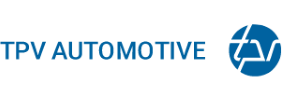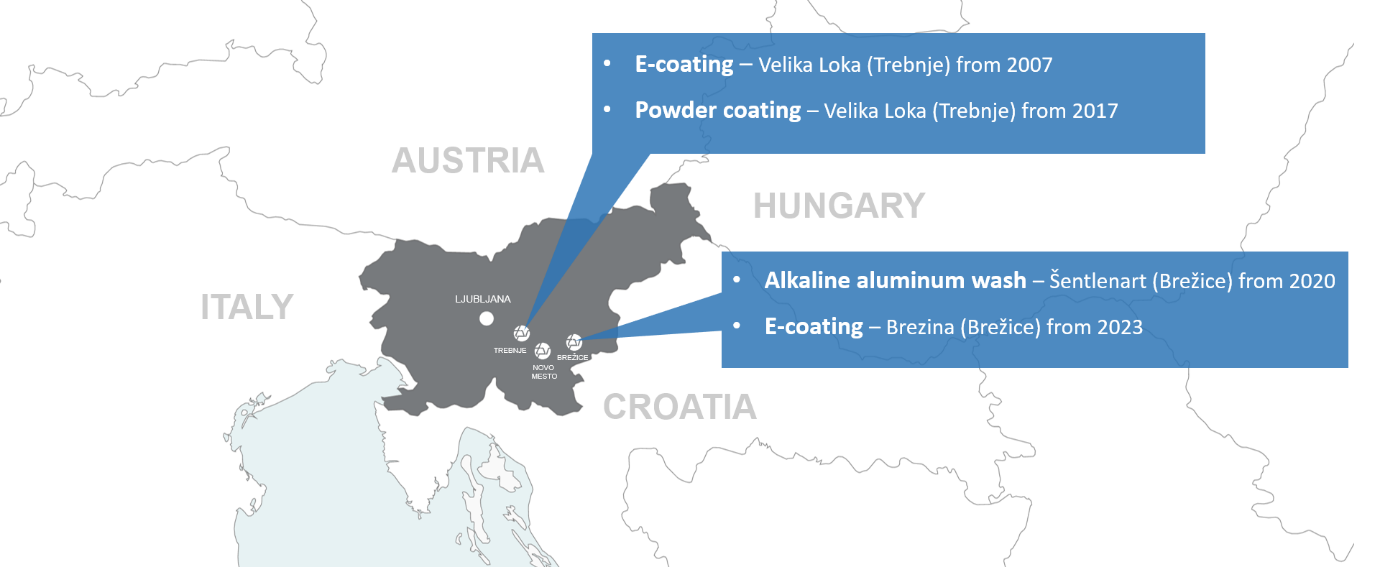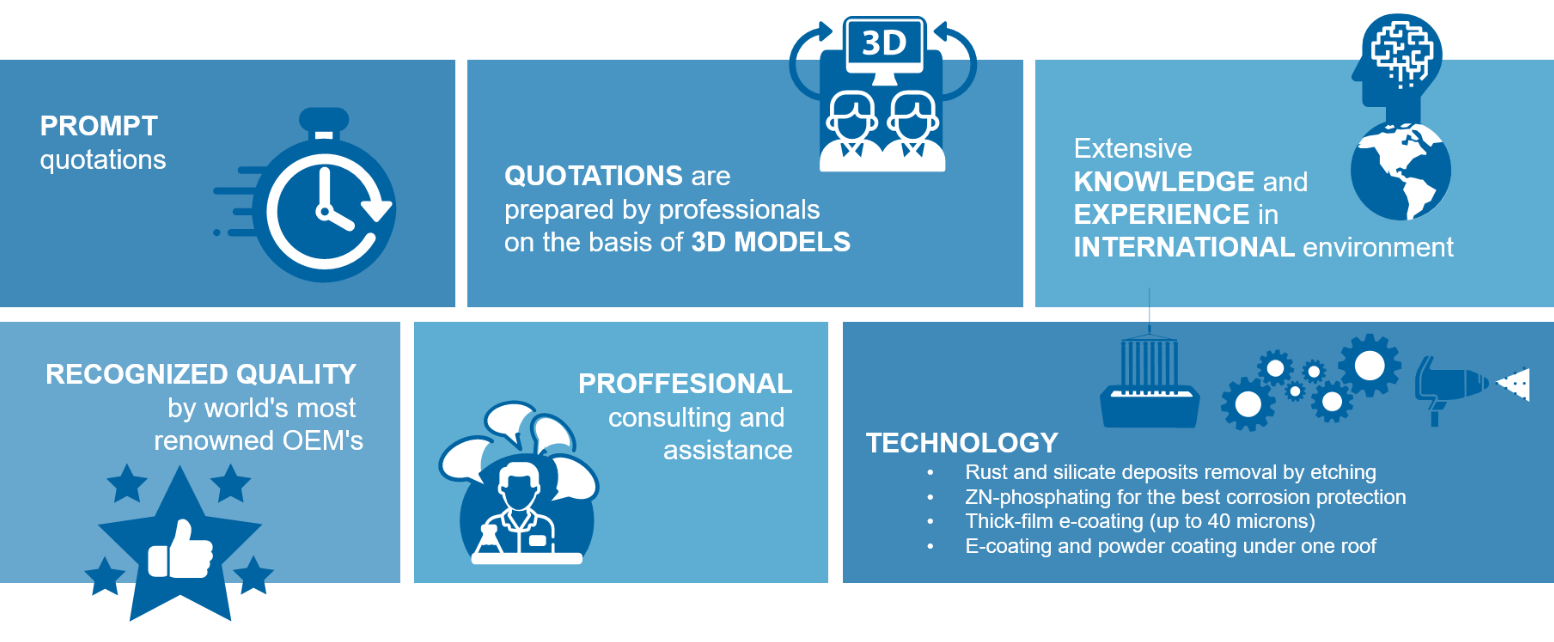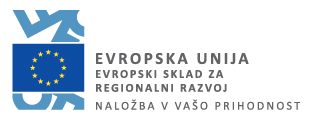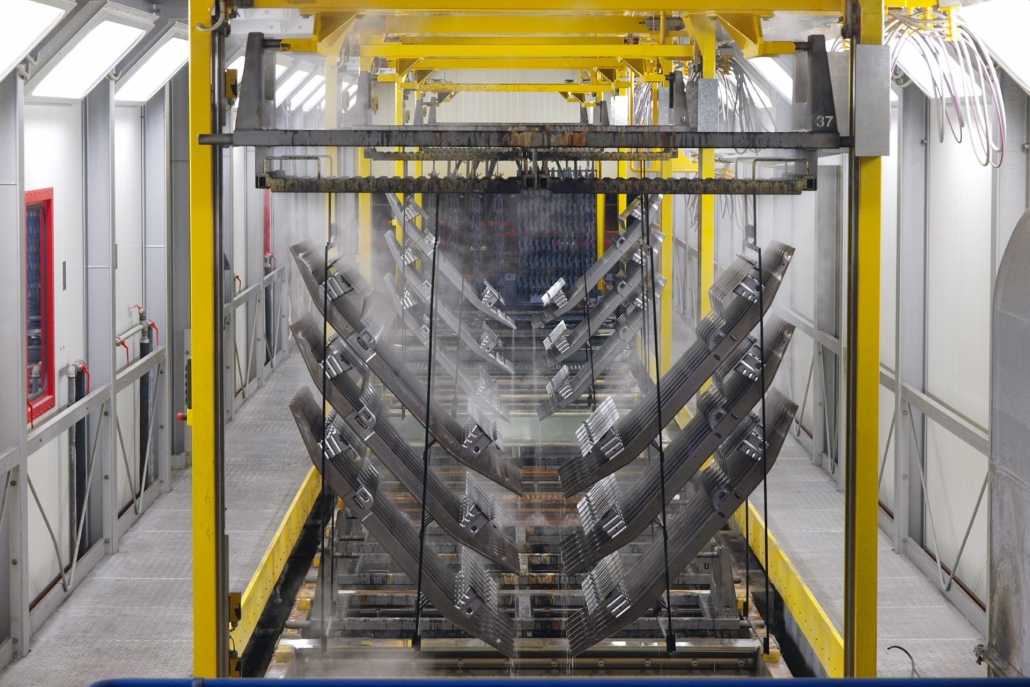
The Surface Protection programme offers corrosion protection of metal products and corrosion testing. Corrosion resistance tests are carried out in accordance with the requested standards to ensure the highest level of product protection.
Key production processes:
- thick and thin-film e-coating with etching and zinc phosphate pretreatment,
- powder coating with e-coat primer,
- aluminum cleaning and passivation.
What is e-coating (KTL)?
E-coating, also known as KTL, cataphoresis or electrophoretic varnishing, is a method of immersion painting that uses an electric current to apply paint to the surface of the processed metal piece.
It provides comprehensive protection against corrosion in such a way that the paint reaches areas inaccessible by spraying.
A corrosion-resistant epoxy coating is created by applying voltage to the dye bath. The workpiece is under tension and evenly attracts paint particles to the entire surface, including the inner, hidden areas.
How does the e-coating process work?
The process of cataphoresis is divided into five steps:
- Hanging the processed pieces on hangers
- Pretreatment and cleaning
- Applying paint and rinsing
- Temperature treatment
- Drying
Depending on the characteristics of the metal to which the cataphoretic protection is applied, the most suitable raw materials for cleaning and phosphating are selected. The most common pretreatment regimen for metal parts is immersion in a high-quality zinc phosphate solution.
In a cataphoretic bath, coatings are applied to pretreated metal using precisely calibrated equipment to control the process. A cataphoresis bath consists of 80–90% deionized water and 10–20% solid colour particles. Deionized water acts as a carrier for solid colour particles, which are constantly mixing. Solids consist of resin (the base of the final coating that provides corrosion protection, durability, and strength) and pigments that contribute colour and shine.
Rinsing in the next step improves the quality of the coating and allows the restoration of any excess paint. During the e-coating process, paint is applied to the lacquered piece with voltage height control to achieve the desired film or coat thickness. When the coating reaches the prescribed thickness, the part is “insulated” and the painting process is slowed down. When the part is removed from the bath, the solid paint particles adhering to the surface are washed away to maintain the effectiveness and aesthetics of the application. The remaining coating is returned to the tank, which allows the e-coating process to achieve an application efficiency rate of over 95%.
After the lacquered piece leaves the wash chamber, it is placed in an oven for a temperature treatment that stabilizes and cross-links the colour coating. A typical heat treatment time is 20–30 minutes at a workpiece temperature of 160–210 °C.
Advantages of e-coating (KTL) protection
- Superior corrosion resistance
- Homogeneous, even coating layer
- Environmentally friendly surface protection
E-coating extends the life of products.
Manufacturers choose electrocoating to give their products a durable and long-lasting finish that will withstand outdoor environments such as water and sunlight or indoor environments such as laundry chemicals. E-coating is a technology used globally to achieve high-quality, cost-effective coatings. The above advantages, together with reduced finishing costs, represent a growing technology that will be sustained long into the future as new uses and technologies develop.
Compatibility with other surface protections
The ability to provide very good adhesion between coats for most coatings allows this process to be used as a primer for almost all subsequent surface coatings.
Efficiency
Almost all unused paint is restored. Most lines have two or three rinses after removing the paint residue. After rinsing, the accumulated color is filtered and reintroduced back into the coating bath. Since most cataphoresis systems are automated, the amount of paint applied to the product can be precisely controlled, resulting in minimal waste, unlike powder or coating paint.
High line capacity
Each line is different, but with proper preparation, it is possible to coat as many parts or products as possible that can be hung at once. This is based on the total square footage to be coated at one time. Depending on the size of the tank, the correct number of anodes must be installed to cover the maximum surface area required. As long as the parts are not touching, the entire tank can be filled with parts. Hangers are very important to the overall performance of the line.
Environmentally friendly
E-coating is environmentally friendly. Many manufacturers use it because the cataphoresis process produces little or no hazardous airborne particulates or volatile organic compounds and is RoHS, OSHA, and EPA compliant.
Use of e-coating protection
E-coating surface protection is used for various purposes, mainly in the automotive industry, the production of heavy machinery, in construction equipment, for decorative purposes, in military technology, sports and recreation products, agricultural machinery, household appliances, metal casings, computer components, electronics, metal furniture, marine engineering, and power transformers.
Corrosion testing
According to customer requirements, we offer the following types of corrosion testing: neutral salt chamber testing (NSS), cyclic chamber testing (CCT), condensation chamber testing, cross-cut testing, and scratch testing. We measure the thickness of the surface protection (FTP).
PROCESS CAPACITIES
E-COATING
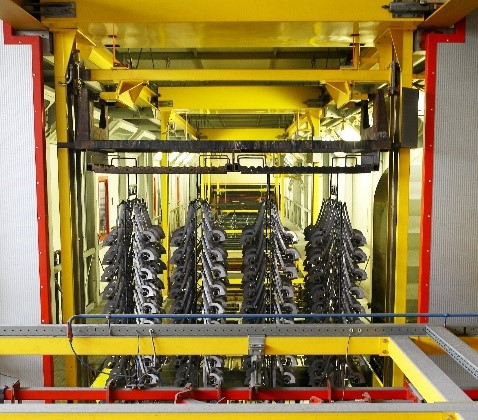
Maximum product dimensions:
2.000 x 800x 1.500 mm
Maximum product weight: 400 kg
Capacity: 400 m2/h
Materials suitable for e-coating:
- Castings
- Forged parts
- Steel
- Aluminum (Al)
- Copper (Cu)
POWDER COATING
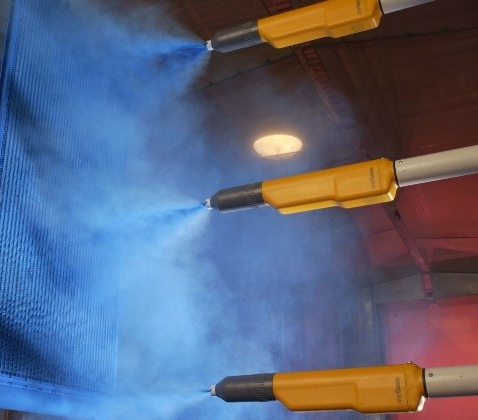
Maximum product dimensions:
2.000 x 800x 1.500 mm
Maximum product weight: 400 kg
Capacity: 400 m2/h
Precondition: e-coated products
Thickness: from 50 μm to 150 μm
Would you like a more DETAILED DESCRIPTION of surface protection processes in TPV AUTOMOTIVE?
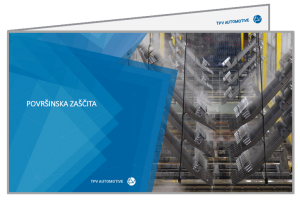
SURFACE PROTECTION LOCATIONS
ADVANTAGES of TPV AUTOMOTIVE ‘s surface protection
